Ghosts Before Breakfast (1928)
Жанр :
Время выполнения : 9М
Директор : Hans Richter
Краткое содержание
Hans Richter, noted for his abstract shorts, has everyday objects rebelling against their daily routine.

Шесть блюющих мужиков (1966) Алфавит (1968) Бабушка (1970) Женщина с ампутированными ногами (1974) Ковбой и Француз (1987) Братья Люмьер сотоварищи (1995) На протяжении 90 минут, сам автор ведёт с вами диалог о ранних работах. Неизвестные факты, подробности, воспоминания о людях, принимавших участие в короткометражках. Причём, диалог тут идёт не от лица «великого и ужасного» Дэвида Линча, а от лица режиссёра, который помнит, что он когда-то тоже с чего-то начинал, не имея при этом ни денег, ни связей, ни даже единомышленников.
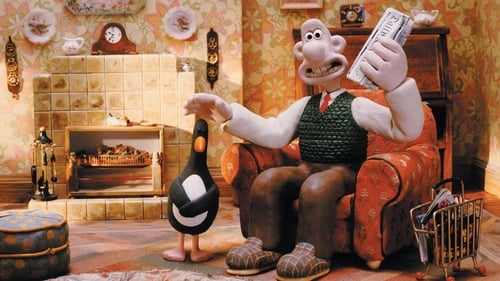
Пластилиновый мультфильм об изобретателе Уоллесе и его собаке Громите. В этом фильме гангстер-пингвин снимает комнату в доме Уоллеса. Чтоб осуществить ограбление, пингвин решил украсть технические штаны, изобретенные друзьями. Но Громит встает на пути у грабителя.

Семнадцать минут причудливых сюрреалистических образов, которые с равным успехом могут нести в себе глубочайший смысл или не значить вовсе ничего. Глаз, располосованный бритвой; человек, тычущий тростью в отрубленную руку, лежащую среди улицы; мужчина, волокущий за собой два рояля, в которых — мертвые, полуразложившиеся ослики и вполне живые священники; человеческая ладонь с дырой, из которой появляются муравьи…

A folk horror movie about a woman who follows her boyfriend into the woods for a romantic surprise only to find something far more sinister. Inspired by thousands of witness accounts documenting the ongoing phenomenon of a certain species of shape-shifting creature in the forests of North America.

Mia recounts her most intimate confessions, uncensored, in her first approach to a totally new world of domination and submission.

Эта история повествует о взаимоотношениях аистов и облаков. Аисты приносят детей: людям, животным, рыбам, а замечательных деток интересными способами делают облака. Все делают милых и пушистых детей, но есть одно облако, которое отличается от остальных облаков. Оно делает более дерзких зверей таких как: баран, угорь, еж. И даже у этого облака есть верный аист помощник.
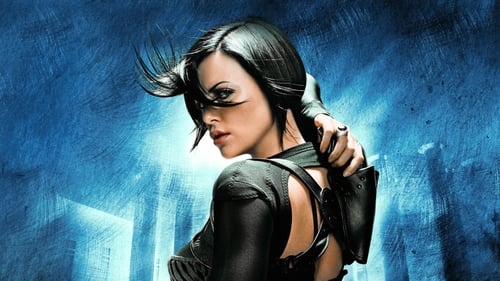
В 21-ом веке свирепый вирус уничтожил большую часть человечества, а оставшихся в живых заставил изолироваться в одном-единственном городе, защищенном специальным куполом.Именно там действует таинственный агент Эон Флакс, мотивы которой необъяснимы, а главной целью является видный политический деятель…
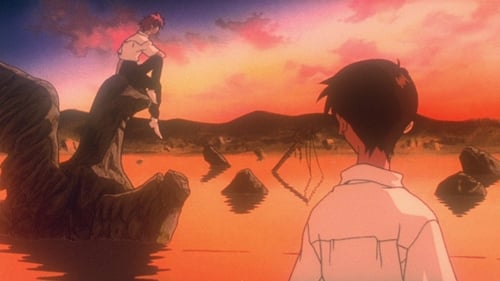
Евангелион: Смерть и перерождение, этой полнометражке предстоит непростая задача напомнить зрителю всё, что происходило в ТВ сериале и, при этом, максимально остаться самостоятельным фильмом. Часть сражений с ангелами проносится перед нашими глазами, главные сдвижные моменты в мировоззрении героев, а также нужные ситуации, из которых складываются отношения между всеми персонажами. Концовка сериала (25 и 26 серии) здесь не присутствуют из-за того, опять же, чтобы фильм остался максимально самостоятельным. Т.е. без последних серий получается своеобразная концовка, где всё опять зависит от Синдзи, которая подготавливает нас к продолжению (Конец Евангелиона).
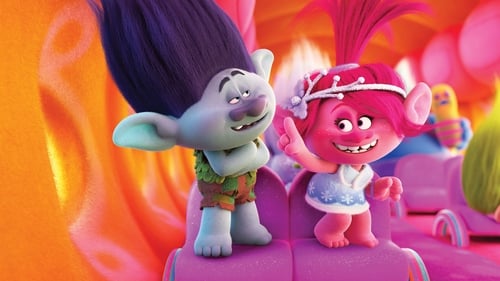
Когда Королева Троллей Поппи узнает, что у бергенов нет праздников, она заручается поддержкой своих друзей Брэнча и других, чтобы помочь ей принести праздник в Берген Таун.
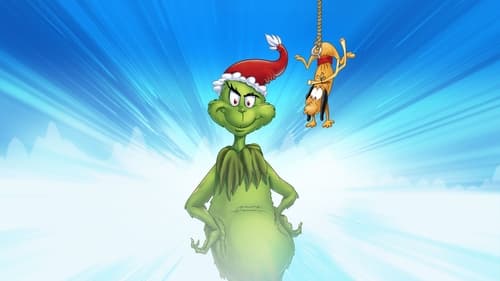
Гринч живет на вершине холма над городком Ктоград со своим псом Максом. Каждый год во время Рождества ненависть Гринча к счастливым жителям Ктограда росла все больше и больше. Они дарили друг другу подарки, веселились на праздничных обедах и пели песни в городском парке, даже не подозревая о копящейся обиде Гринча. Однажды Гринч решил сорвать Рождество. Переодевшись в Санта Клауса, наскоро снарядившись и заставив свою собаку тащить его на санях, он пробрался в дома жителей городка и украл их подарки, еду и украшения…

Deadpool sees an opportunity to save the day, but it doesn't go entirely as planned.

A kid begs to stay home while his older sister runs to the store. After she leaves, he wishes he would have gone because he doesn’t feel comfortable being at home in the dark as strange things start to happen...

Иккинг и Беззубик воссоединяются, чтобы напомнить викингам и драконам о неразрывной связи между ними.

Очень старая женщина хочет поужинать со своими друзьями. Но так как они все уже умерли, ее слуге приходится изображать каждого из гостей.

Марго, Эдит, и Агнес поехали на велосипедах за мороженным, но Агнес падает. Миньоны, увидев, что она расстроилась из-за этого, приняли решение построить ей мотоцикл. Агнес отправляется в небольшую поездку по городу.
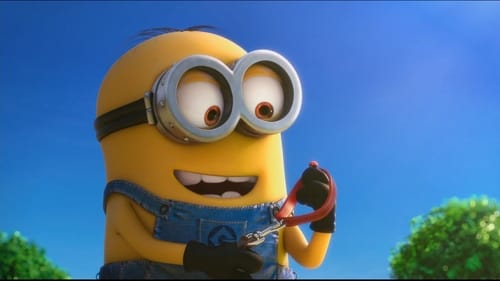
Короткая история о контакте миньона Дэйва (Гадкий Я) с представителем внеземной цивилизации...

Семья сталкивается с естественным желанием любимого сына и внука Дениса иметь домашнее животное. Дедушка Дракула не может отказать внуку и дарит гигантского монструозного щенка…

Что бы вы сделали, обнаружив способность перемещаться в прошлое? Семнадцатилетняя Макото Конно начинает с исправления школьных оценок и налаживания «сложных личных взаимоотношений»… Но очень скоро становится понятно, что ей нужно нечто большее, чем власть над временем, чтобы устроить свою жизнь и вдохнуть надежду в будущее близких друзей.
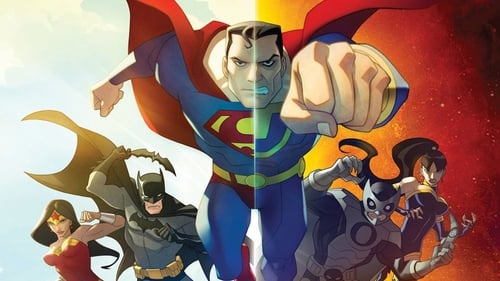
Лекс Лутор является из параллельного мира, чтобы нанять Лигу Справедливости для борьбы с Криминальным Синдикатом. Противостояние добра и зла приводит обе Земли на край гибели. Рискованный план спасения, похоже, единственный шанс выжить.

Motion Painting No. 1 is a 1947 experimental short animated film in which film artist Oskar Fischinger put images in motion to the music of Johann Sebastian Bach’s Brandenburg Concerto no. 3, BWV 1048. It is a film of a painting (oil on acrylic glass); Fischinger filmed each brushstroke over the course of 9 months. In 1997, this film was selected for inclusion in the United States National Film Registry by the Library of Congress as being “culturally, historically, or aesthetically significant”.

Two Penny Magic (Zweigroschenzauber) starting off with a little magic trick. It then presents an array of images from swimmers, bicyclers, murderers, airplanes in flight, boxers, lovers, runners, becoming in the end a collection of images in a magazine.

This hand-painted and elaborately step-printed work begins with a flourish of reds and yellows and purples in palpable fruit-like shapes interspersed by darkness, then becomes lit lightning-like by sharp multiply-colored twigs-of shape, all resolving into shapes of decay.

Trade Tattoo went even further than Rainbow Dance in its manipulation of the Gasparcolor process. The original black and white footage consisted of outtakes from GPO Film Unit documentaries such as Night Mail. Lye transformed this footage in what has been described as the most intricate job of film printing and color grading ever attempted. Animated words and patterns combine with the live-action footage to create images as complex and multi-layered as a Cubist painting. Music was provided by the Cuban Lecuona Band. With its dynamic rhythms, the film seeks (in Lye’s words) to convey “a romanticism about the work of the everyday in all walks of life."

An illustration of a traditional French Canadian song in the form of progressing cutouts and still pictures.

An experimental short film of images and music made by Norman McLaren.

Multiple thrusts and then retractions of oranges, reds, blues, and the flickering, almost black, textural dissolves suggesting an amalgam approaching script.

Robert Breer animation from 1969. 16mm, color, silent, using spray paint & stencils.

With the screen split asymmetrically, one part in positive, the other negative, the film documents the evolution of simple celled organic forms into chains of cells then more complex images from tribal cultures and contemporary modernist concepts. The images react, interpenetrate, perhaps attack, absorb and separate, until a final symbiosis (or redemption?) is achieved.

Dark, fast-paced symmetry in mixed weave of tones moving from oranges & yellows to blue-greens, then retreating (dissolves of zooming away) to both rounded and soft-edged shapes shot with black.

A short film where circus performers entertain children.

Director Joseph Cornell evokes the nostalgia of childhood by filming a children's party.

“This is a hand-painted film whose emotionally referential shapes and colors are interwoven with words (in English) from the first Hymn to the Night by the late 18th century mystic poet Friedrich Philipp von Hardenberg, whose pen name was Novalis. The pieces of text which I've used are as follows: ‘the universally gladdening light … As inmost soul … it is breathed by stars … by stone … by suckling plant … multiform beast … and by (you). I turn aside to Holy Night … I seek to blend with ashes. Night opens in us … infinite eyes … blessed love.’” -SB

A collage of two-dimensional images of vegetation, each appearing only for a moment, sometimes as a single image, more often with other bits of stem, leaf, bud, or petal. Often we see only the outline of objects against a black background. Black and green are occasionally joined by fragments of orange or of white and blue. The objects in the frame don't move but they are quickly replaced by another collage, giving the feel of rapid motion. Each collage is crisp, its lines etched against the background of black and later of white. Whitman anyone, or Hieronymus Bosch? Although there is no soundtrack, the rapidity of changing images and colors suggests a riot.

A meadow, a lake, the silhouette of a hill, trees. 21 days of the same view in Saarland. 21 days with five different cut-outs in a mask before the camera, which finally reveals a complete panorama. The landscape changes with the advancing seasons and becomes slowly delirious in its technical alienation.

A day at the carnival — sensational tent shows where miracles can be seen for the price of admission, boisterous noise of crowds and barkers, shrill and gaudy circus music, the violence of the street ten-fold. This is the substance of Everything Turns, Richter’s first sound film. At its premier at Baden-Baden Richter got into a fight with two Nazi officials who disliked the film's ‘modernism.’ Yet in 1936 it was awarded first prize for artistic merit by the Nazis, with Richter’s name suppressed from the credits. He had long since left Germany.

Pioneer filmmaker Georges Méliès performs his cine-magic act.

With a similar dreamy mood like its predecessor "Take the 5:10 to Dreamland" (1976) this clip starts with a boy getting into his bed. The camera zooms in into the boy's mind and a slow, sad waltz (i.e."Valse Triste") accompanies images of a locomotive, a miner, the globe, the sky, a sheep heard, etc. Disparate elements, but if one concentrates only at the movement of the figures, one can perceive a commotion, slowly livening up: The starting wheels of the heavy locomotive, the tired miner pushing the heavy cart of coal bricks, the globe smoothly turning around and around, the clouds imperceptibly floating in the sky, the sheep idly moving in the herd, etc. We reach the first climax when a mannequin opens her coat like a flower. The second big crescendo spurts out from a "water hose", after watching schoolgirls doing gymnastics for quite a while. A sad, but nostalgic aftertaste lingers in the end when funeral cars drive away through a flooded area…

A short, diaristic film; A series of impressions, animations and playful vignettes in color and B&W. Early/ Outtake footage of Menken's Lights can be seen here, as well as camera techniques she'd expand upon in later films.

A tilted figure, consisting largely of right angles at the beginning, grows by accretion, with the addition of short straight lines and curves which sprout from the existing design. The figure vanishes and the process begins again with a new pattern, each cycle lasting one or two seconds. The complete figures are drawn in a vaguely Art Deco style and could be said to resemble any number of things, an ear, a harp, panpipes, a grand piano with trombones, and so on, only highly stylized. The tone is playful and hypnotic.






















